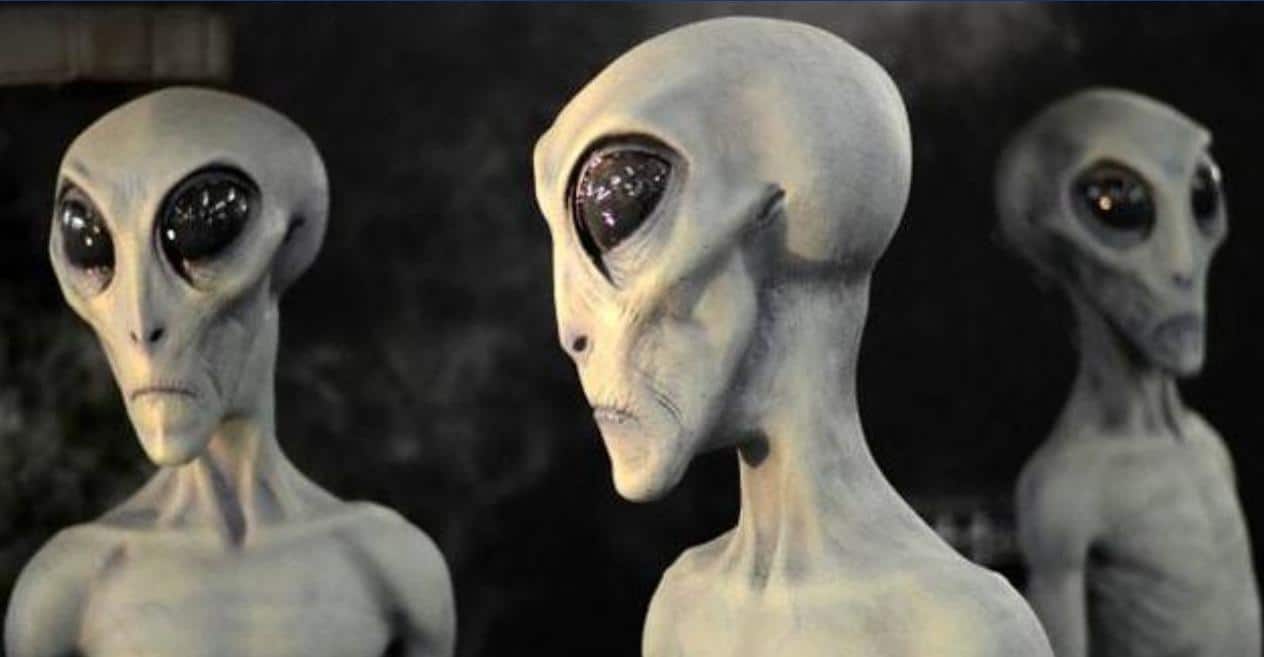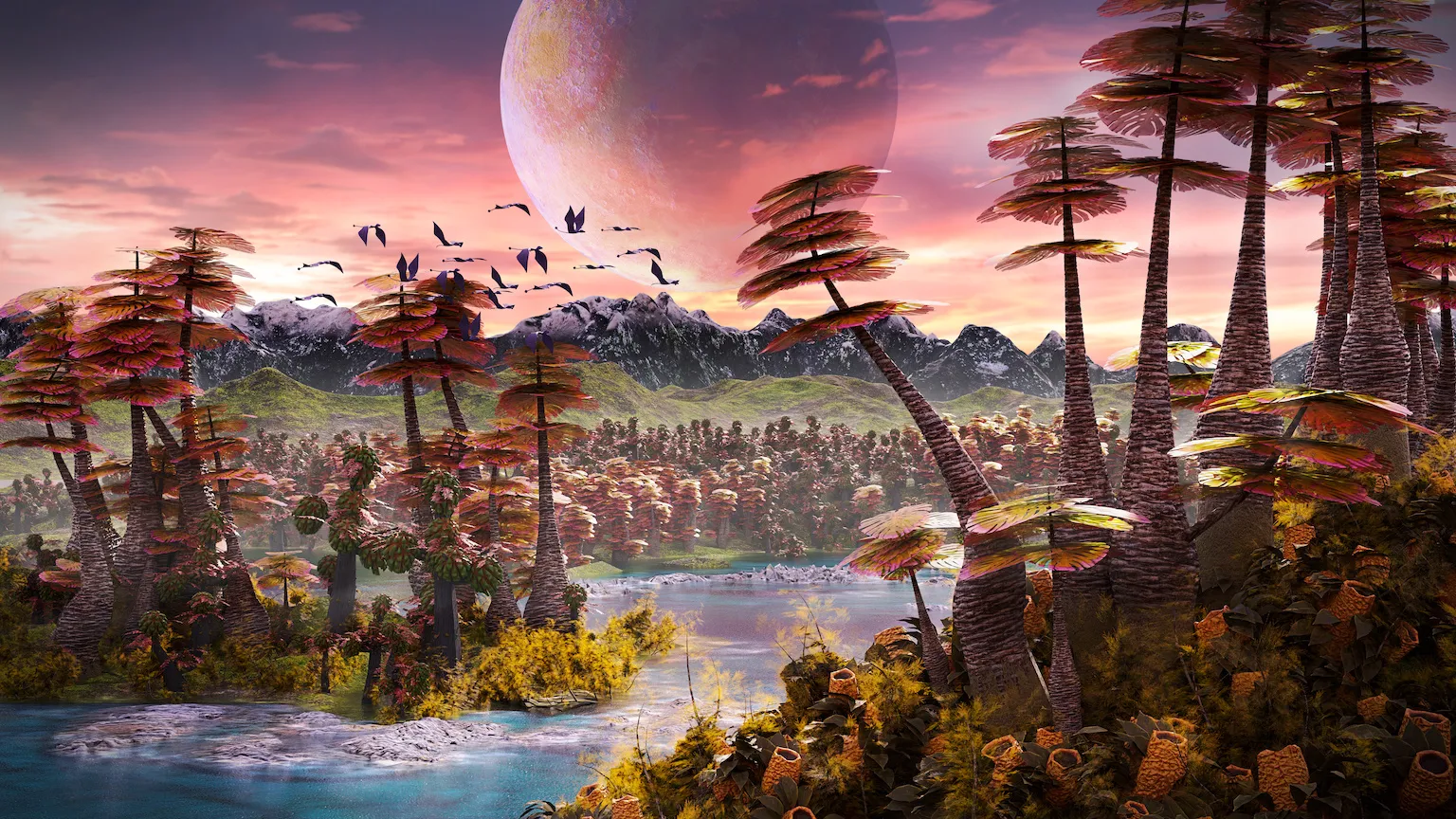
In a recent groundbreaking announcement on April 16, 2025, astronomers have stirred the scientific community with findings from the planet K2-18b, located over 120 light-years away. Utilizing the advanced capabilities of the James Webb Space Telescope (JWST), researchers have detected traces of dimethyl sulfide (DMS) in the planet’s atmosphere—a gas predominantly produced by living organisms on Earth.

The Role of the James Webb Space Telescope
The James Webb Space Telescope, with its unparalleled observational power, spent nearly six hours studying the host star of K2-18b. As the planet transited in front of its star, JWST captured the starlight passing through the planet’s atmosphere, allowing scientists to analyze the spectral fingerprints of various atmospheric molecules. This meticulous observation led to the exciting possibility that K2-18b could harbor conditions favorable for life.
K2-18b: A Potential Hycean World
K2-18b presents a unique set of characteristics that make it a subject of intense study. Unlike Earth, K2-18b is significantly larger and less dense, suggesting it could either be a mini-Neptune, a gas dwarf, or more intriguingly, a hycean world—a type of planet that may feature vast global oceans under a thick hydrogen atmosphere.
The Intrigue of Dimethyl Sulfide Detection
The detection of DMS on K2-18b is particularly significant because on Earth, this gas is linked to biological activity, primarily produced by marine algae. The presence of DMS in K2-18b’s atmosphere suggests the potential for similar biological processes, possibly within deep oceanic environments shielded by a dense atmospheric layer.

Skepticism and Excitement Among Scientists
While the discovery has opened up thrilling possibilities, it has also been met with a healthy dose of skepticism from the astronomical community. Critics point out that the signal for DMS is relatively weak and that the planet’s classification as a hycean world remains uncertain. Moreover, the true nature of the DMS signal—whether it genuinely indicates biological activity or stems from another unknown source—continues to be a subject of debate.
Further Investigations and Future Prospects
To address these uncertainties, further observations are crucial. Repeated measurements and more sensitive analyses are needed to confirm whether the detected DMS is a reliable indicator of life or merely a chemical anomaly. The ongoing research and upcoming missions focusing on K2-18b and similar exoplanets promise to deepen our understanding of these distant worlds.

The investigation into K2-18b’s atmosphere and the potential signs of life represents a pivotal moment in astrobiology. As scientists worldwide continue to scrutinize and test these findings, the journey of discovery will undoubtedly enhance our knowledge of the universe and our place within it. Whether or not K2-18b is home to alien life, the advancements in exoplanet research highlight an era of exploration that pushes the boundaries of what we know about the cosmos.
With each passing year, instruments like the JWST will keep peering into the depths of space, bringing us closer to answering the age-old question: are we alone in the universe?
